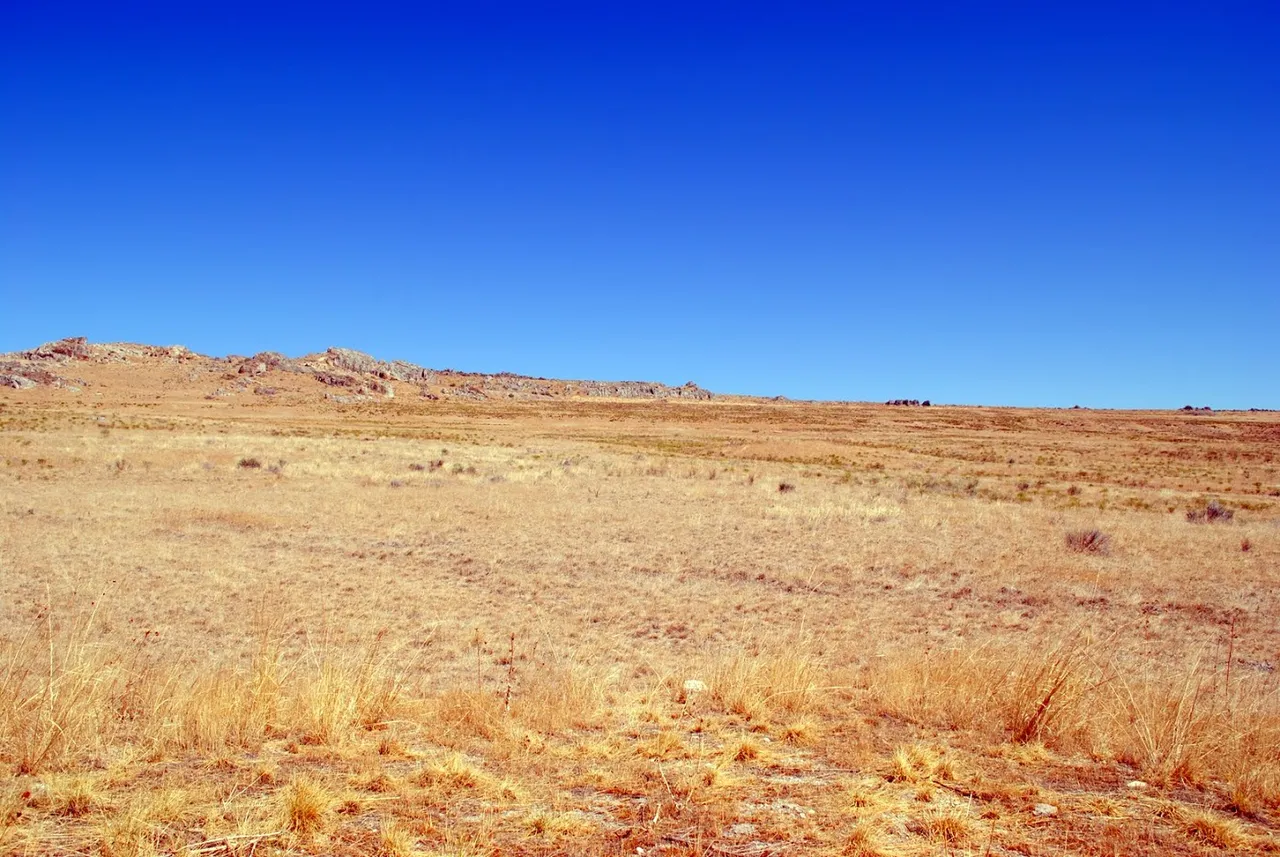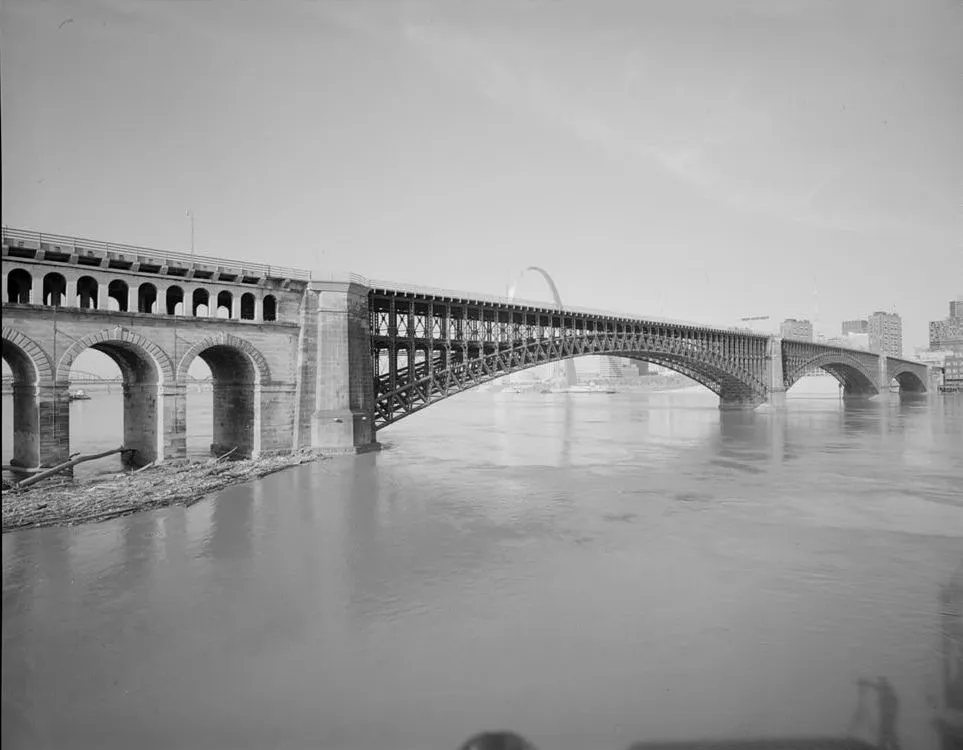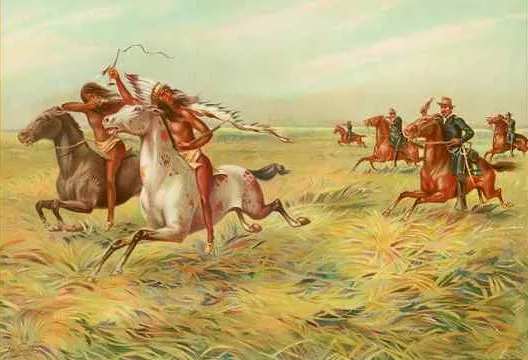Adsactly Education: Mississippi River-The Race West
The next part of the story of the Mississippi is about the race west. The United States really started settling the west after the Civil War. In fact, it hadn’t even finished and the race was on.
In the first part of this series (available here) we discussed the geologic history of the river and it’s flow. The second part of the series (available here) was about the early human history in the valley. The third part (available here) went from European contact to full American influence. The fourth part of the series (available here) is all about the Civil War on the River.
The Race West
The Civil War wasn’t even finished when the Next Big Thing happened on the Mississippi River. People started crossing it in an unending tide. The Transcontinental Railroad was begun in 1863, the same year that Vicksburg fell to the North securing the Mississippi.
The original surveys were taken between 1853 and 1855. Three routes were surveyed. A Northern Route, a Central Route and a Southern Route. The central route was chosen and several attempts were made to fund the building of the Railroad. The ‘solid South’ would not vote for any route but the Southern path and the US Congress could not get the deal done. When the South seceded from the Union the Congress promptly passed and funded the building of the road.

The site of the driving of the Golden Spike Ceremony. Photo Courtesy of the Author.
Funding was secured by 30 year Federal Bonds and by the two railroad companies that actually built the line. The historic ‘Golden Spike’ was driven by Leland Stanford at Promontory, Utah, a little town that no longer exists. The spot itself is a National Monument that is rarely visited. It is a long ways from anywhere today.
Construction was begun in 1863 and completed in 1869. The original road ran from Council Bluffs, Iowa to Sacramento California. Riverboats and steamships completed the connection between Sacramento and San Francisco.
When it was completed in 1869 the Transcontinental Line lowered the time for people and goods to go from east coast to west coast from 6 months to 6 days. The powder had been lit and the westward explosion was on.
Building Bridges
The first Railroad bridge across the Mississippi River was built in 1858 between Rock Island, Illinois and Davenport, Iowa. It provided an important east/west connection and really signaled the start of the huge westward expansion. It was wood construction and 15 days after it was officially opened it was struck by a Steamboat and burned.
Andrew Carnegie financed and built the first all steel bridge across the Mississippi. Construction started in 1867 and it was opened in 1874. Named for the designer, James Eads, the bridge still carries traffic and trains from St. Louis, Missouri to East St. Louis, Illinois today. The bridge was built high enough and with large enough spans to allow river traffic to pass safely beneath it.
The final piece to the linking of East and West happened on the Missouri, not the Mississippi with the construction of the bridge between Council Bluffs, Iowa and Omaha, Nebraska in 1874. A mostly direct route through Kansas City officially opened in 1870, reducing the record for New York to San Francisco to less than 4 days.
The Rest of the Story
The bridging of the Rivers and the Transcontinental Railroad had a dark side. The flood of immigrants to the Great Plains and points west had a huge disruption to the Native population west of the Mississippi.
Some of the remains of the great Mississippian Society had splintered off and moved west, a move that was predicated by the use of horses. The Arapaho, Assiniboine, Blackfoot, Cheyenne, Comanche, Crow, Gros Ventre, Kiowa, Plains Apache, Plains Cree, Plains Ojibwe, Sarsi, Shoshone, Sioux, and Tonkawa were all tribes that followed the buffalo and built no permanent structures.
In early days of white settlement on the plains, the natives mostly just ignored it. They could and did go around the bits of white civilization that appeared. Many of the early settlers had good relations with the local tribes due to trading and mutual respect. That would change.
What we commonly call ‘Plains Indians’ today had split from the Mississippian Culture early in the breakup, before white contact. They took horses and moved out on the plains to hunt buffalo. They built no permanent structures and lived a nomadic lifestyle. The horses provided the transport, and the people kept moving, often on set paths with a more or less set schedule. The horses also provided the perfect tool for hunting the buffalo. They were faster and more maneuverable and could get close to the target. The buffalo provided food and shelter for the people. The natives never took more than they could use and kept moving often enough that there was no permanent record of their camps. The did no damage in the environment.
The combination of horses and horsemanship would have seemed to make for a perfect cavalry to fight for their lands and sovereignty. Throw in personal bravery and good leadership and you would think they would have been a match for the US Cavalry. They were not.
The Whites put it down to lack of discipline and stupidity. It was not, it was simply the culture that had evolved over the hundreds of years they were on the plains. It said that no man could force or coerce another to do anything. Leadership was at the whim of the majority of the tribal members, so really strong leaders might be replaced as easily as not strong.
The US Army pursued the tribes one at a time and relentlessly. Many treaties were signed and discarded at the whim of the whites. It was a relentless tide of pressure and the end saw the natives reduced to small territories known as reservations. Without being able to follow the buffalo (and white society slaughtering them almost to extinction) the tribes were reduced to taking subsistence from the US Government. Every item of pride and every bit of freedom that they cherished was removed. They were beaten as thoroughly as any people in the history of earth.
With the elimination of the ‘Indian Threat’ the settlement of the entire US west of the Mississippi was assured. The race west was truly on. Of course the Mississippi played an important part in that. We will deal with the exploitation of the river in the next installment.
Unsourced Photos are used courtesy of the author.
While the words and ideas in this post are strictly those of the author these sources were referred to by me to insure numerical and historical accuracy.
Wikepedia: Transcontinental Railroad
Wikipedia: Plains Indians
Wikipedia: Mississippi River
Authored by: @bigtom13
Adsactly is a society for freethinking people. Interested?
Click on the coin to join our Discord Chat

Vote @adsactly-witness for Steem witness!
Witness proposal is here:
Go To Steem Witness Page
In the bottom of the page type: adsactly-witness and press vote.

Use small letters and no "@" sign. Or, click here to vote directly!
Thank you!
Click on the coin to join our Discord Chat

Witness proposal is here:
Go To Steem Witness Page
In the bottom of the page type: adsactly-witness and press vote.

Use small letters and no "@" sign. Or, click here to vote directly!
Thank you!



